Shiosai Road
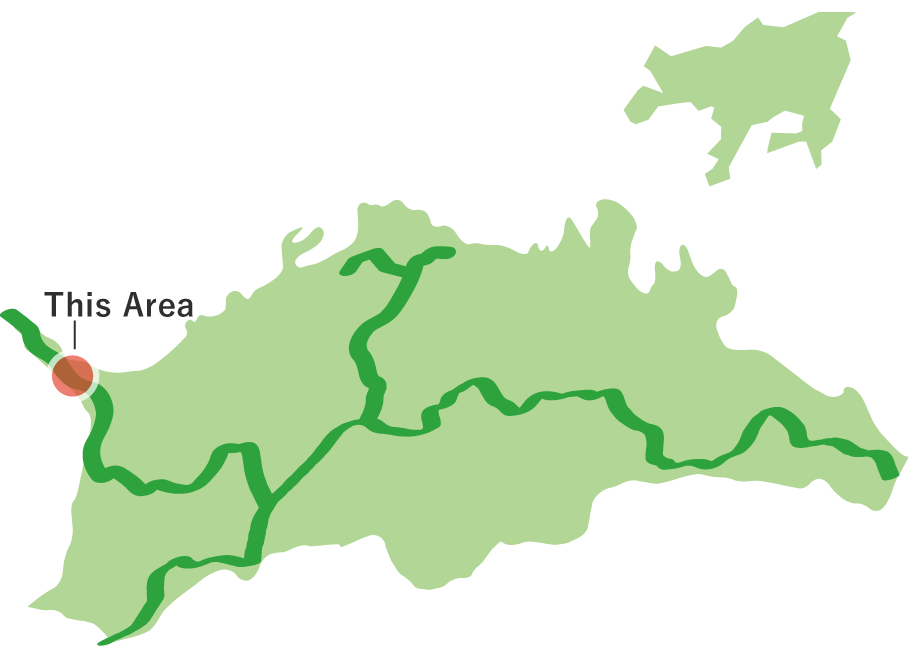
Shiosai Road
Cross small mountain passes as you journey from village to village... The route is dotted with charming flower fields, offerings a delightful mix of flowers and ocean views. Nearby, hikers can find historic temples and shrines such as Kakujoin, Myokengu, and Enmyoin—why not stop by for a visit? A leisurely walk on this route takes about three hours. However, including a round-trip visit to Myokengu extends the course to about four hours.
Shiosai Road(8.9km)

 Spots to photograph
Spots to photograph
If you wish to receive a certificate, please take a photo that includes yourself at the designated photo point for each course.
Nearby sightseeing spots

-
1
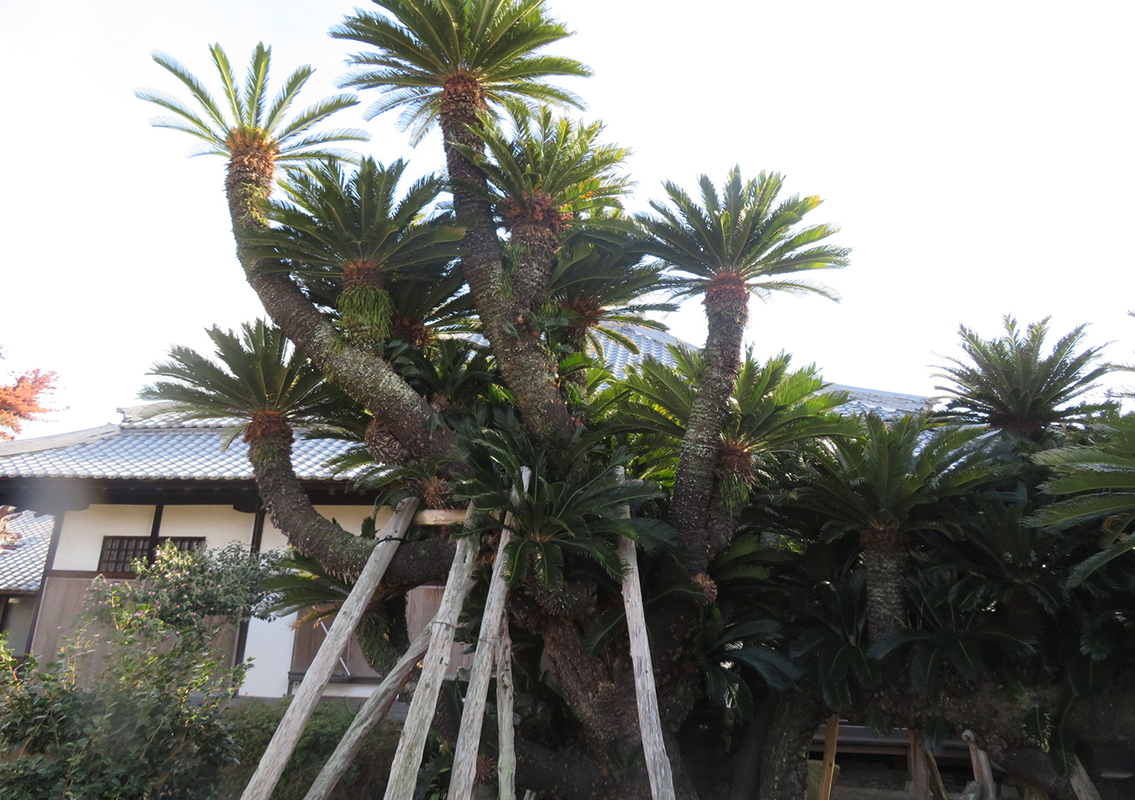 Kagawa's Preserved Trees: The Male and Female Giant Sago Palms of Jotokuji Temple
Kagawa's Preserved Trees: The Male and Female Giant Sago Palms of Jotokuji TempleJotokuji Temple, located in the northeastern part of Nio town, is a distinguished temple that houses Entsuden, a nationally designated Important Cultural Property.
In the temple's back garden, two giant sago palms—one male and one female—stand tall. The female tree is located to the south, while the male tree stands about 7.5 meters to the northwest. The male tree has a trunk circumferences of 4.4 meters at the base and splits into three branches at about 50 cm above ground level. It reaches a height of 5 meters, with foliage spreading 8.3 meters east to west and 7 meters north to south.
The male tree has a trunk circumference of 3 meters at the base. A single branch emerges about 10 cm above ground, and at 70 cm, it splits into three main branches, producing approximately ten smaller branches. The tree reaches a height of 5 meters, with foliage spreading 5.8 meters east to west and 6.3 meters north to south. -
2
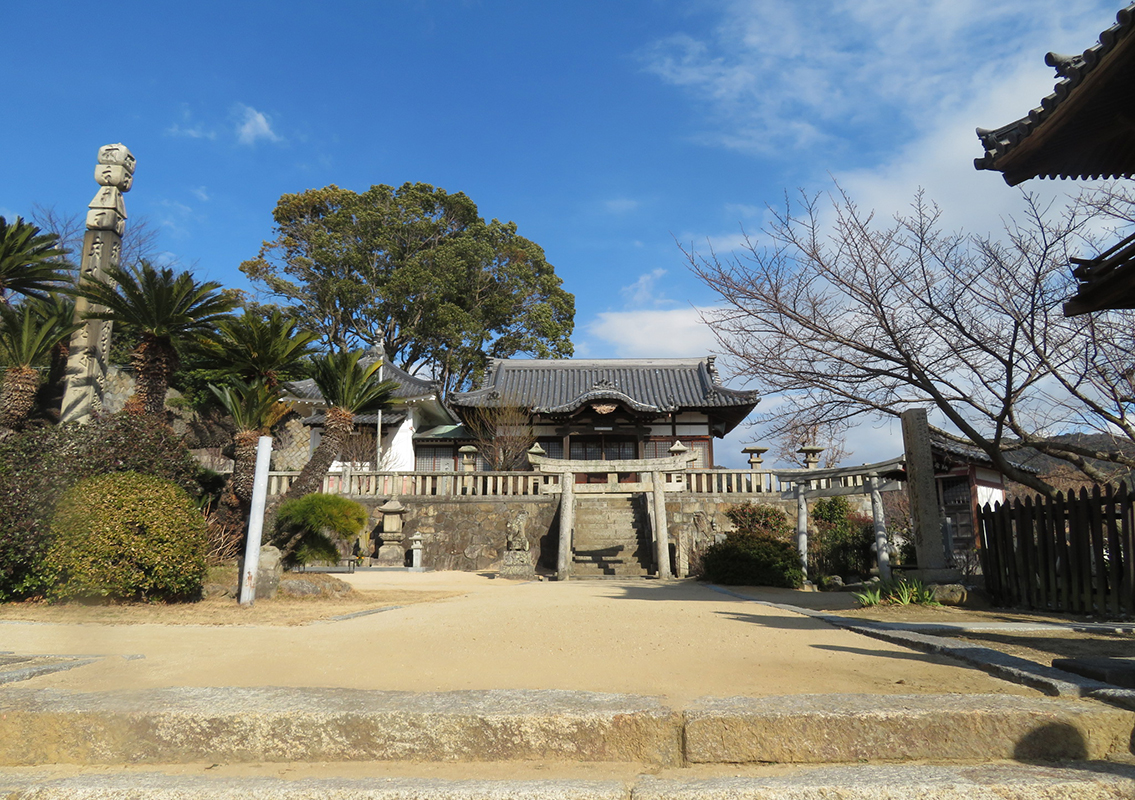 Kakujoin Temple
Kakujoin TempleFounded in 819 by Kobo Daoishi, Kakujoin Temple is an ancient temple located at the foot of Mt. Shippo. This site is also the former location of Nio Castle, the residence of Hosokawa Yorihiro, which fell to Chosokabe Motochika's invasion in March 3, 1579.
The temple grounds feature a famous bell tower built in the early Momoyama period style, which is designated as a National Important Cultural Property. This bell tower is used for the annual Joya no Kane (New Year's Eve bell ringing), and visitors are welcome to ring it freely. After your visit, why not ring the bell while enjoying the beautiful natural scenery of the town? -
3
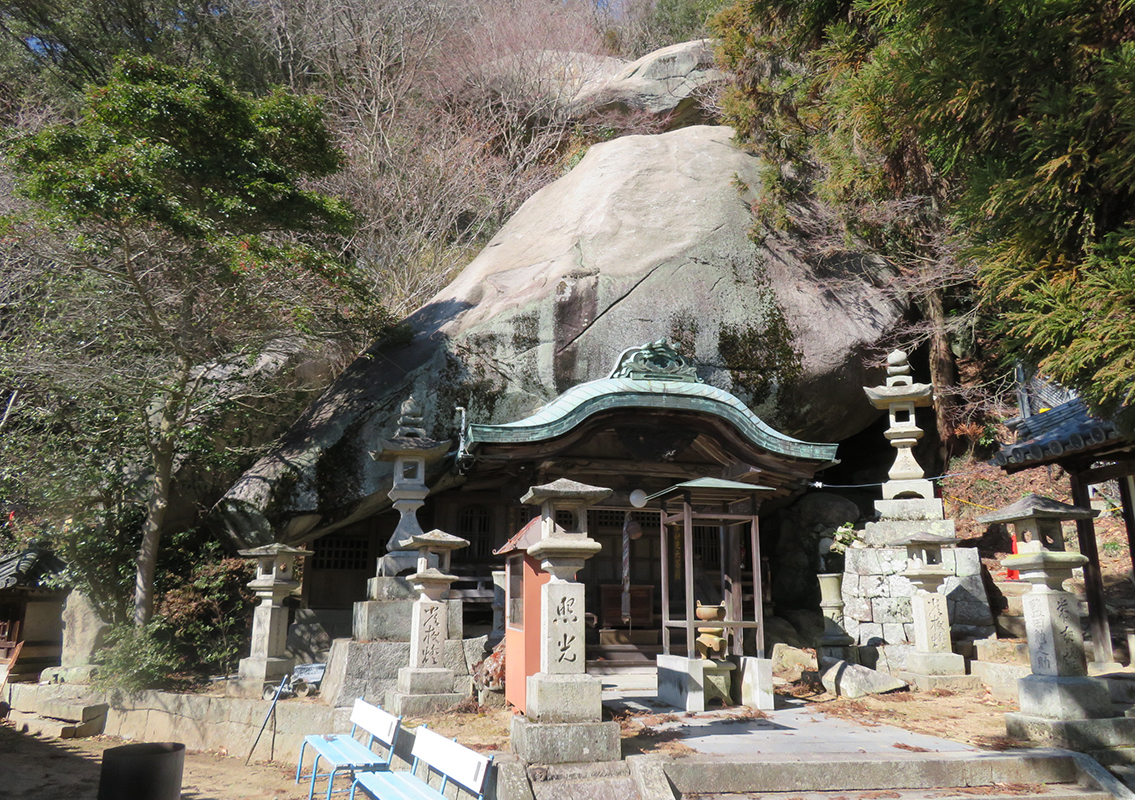 Myokengu
MyokenguMyokengu is commonly known as Myoken-san. Located halfway up Mt. Myoken (319 m), this shrine serves as the inner sanctuary of Kisshoin and enshrines Myoken Bosatsu, a deified form of the Big Dipper (or, in some interpretations, the North Star). This is a rare architectural structure featuring a canopy stone as its roof and a cave stone as its ceiling, with a copper-sheeted roof and a karahafu-style portico.
The shrine grounds feature massive and unusual rock formations, along with ancient pine and cedar trees, creating an atmosphere of deep and mystical seclusion. Visitors come throughout the year to enjoy the fresh greenery of spring and the vibrant autumn foliage. Next to the Myokengu shrine, there is a small cave that is part of a pilgrimage route. -
4
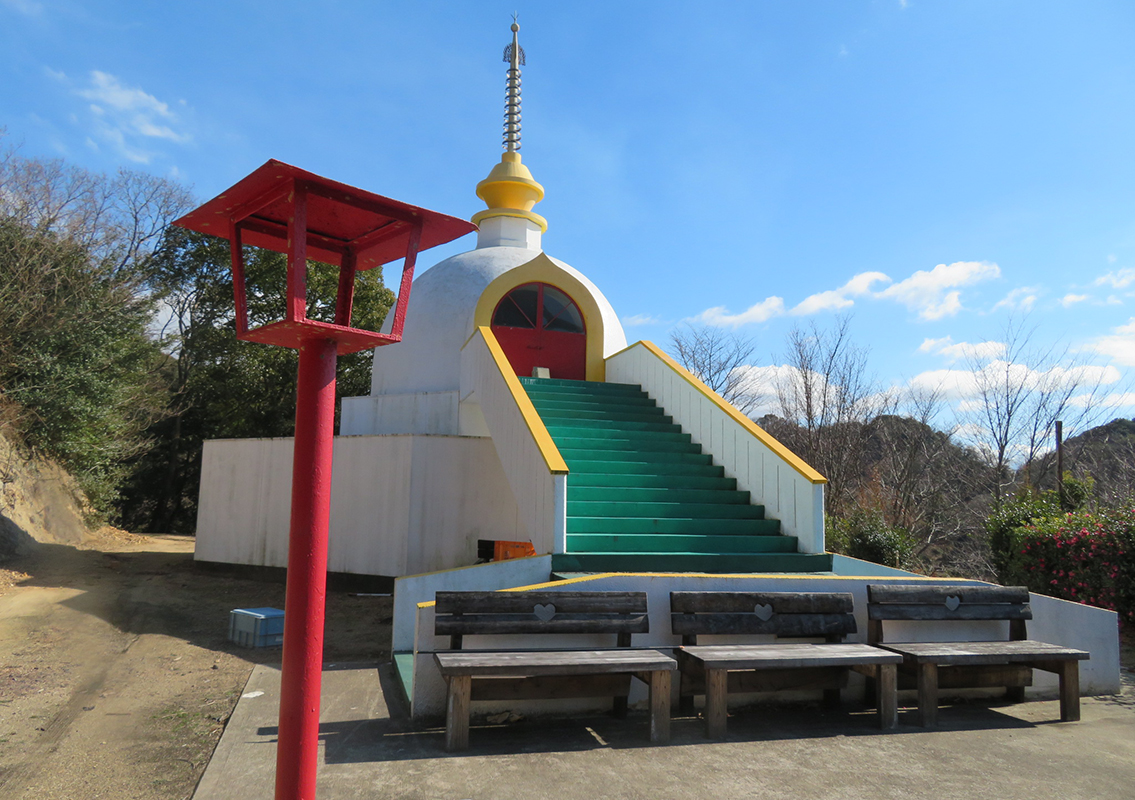 Enmyoin Temple
Enmyoin TempleEnmyoin Temple, which enshrines Yakushi Nyorai as its principal deity, is a tranquil temple nestled in the mountains, offering a serene and peaceful atmosphere. In the temple's backyard stands a pagoda (Busshari-to) built in 1977, which houses a reclining Buddha statue (Shaka Nehanzo) gifted from Thailand. As hikers ascend the sloping path, the gleaming white pagoda emerges from between the azalea bushes. This pagoda, built in 1977, enshrines a life-sized reclining Buddha statue, which was sent from Wat Paknam Temple in Thailand.
-
5
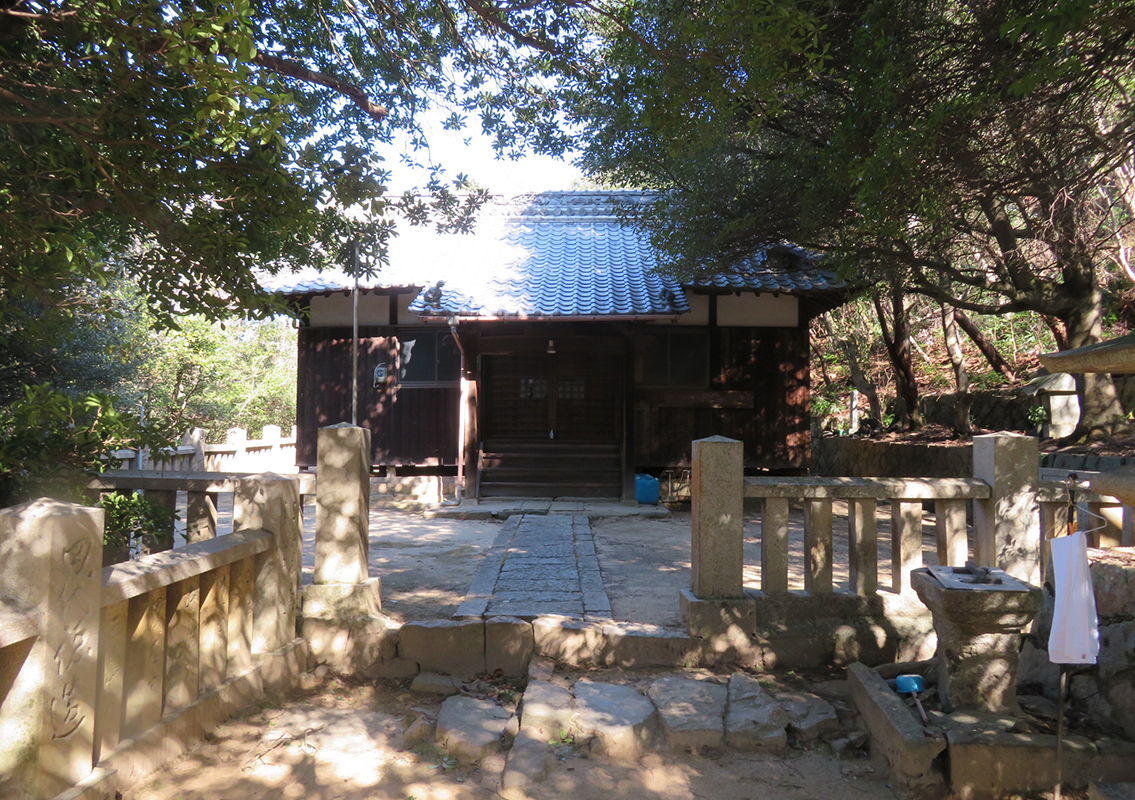 Tenmangu Shrine
Tenmangu ShrineTenmangu Shrine is dedicated to Sugawara no Michizane and is part of a network of approximately 12,000 shrines across Japan, including Ten Shrines and Sugawara Shrines. Many of these shrines are affectionately known as Tenjin-sama and are widely revered.
-
6
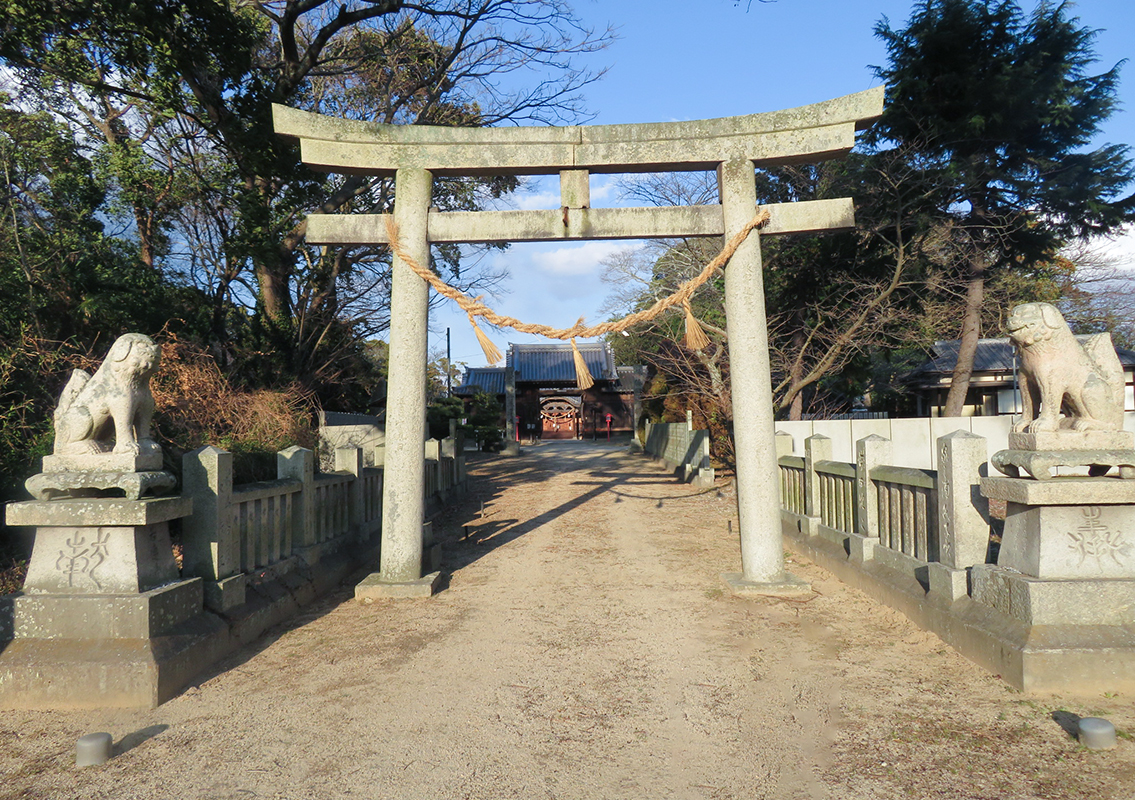 Funakoshihachiman Shrine
Funakoshihachiman ShrineFunakoshihachiman Shrine is a sacred site for the former Shonai Village, Koda, and Ie-no-Ura, enshrining Emperor Ojin, Emperor Chuai, and Empress Jingu. The Emado (votive picture hall) within the shrine grounds houses Kasene (portraits of famous poets), historical paintings, Funaema (votive ship paintings), and Shibaie (theater paintings), created from the late Edo period to the early Showa period. These works are designated as tangible folk cultural properties of the city.



